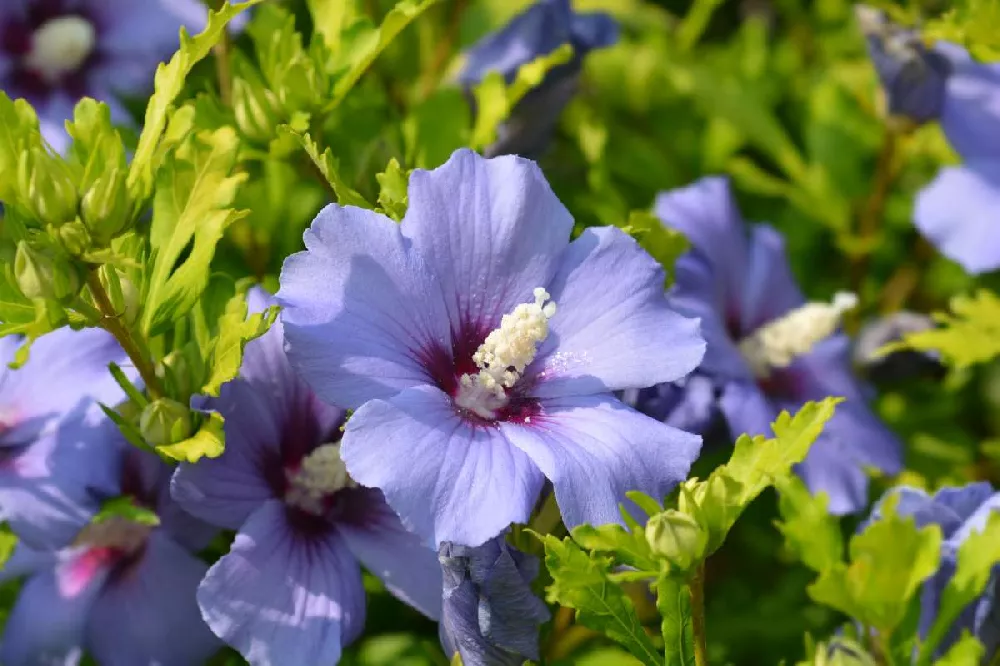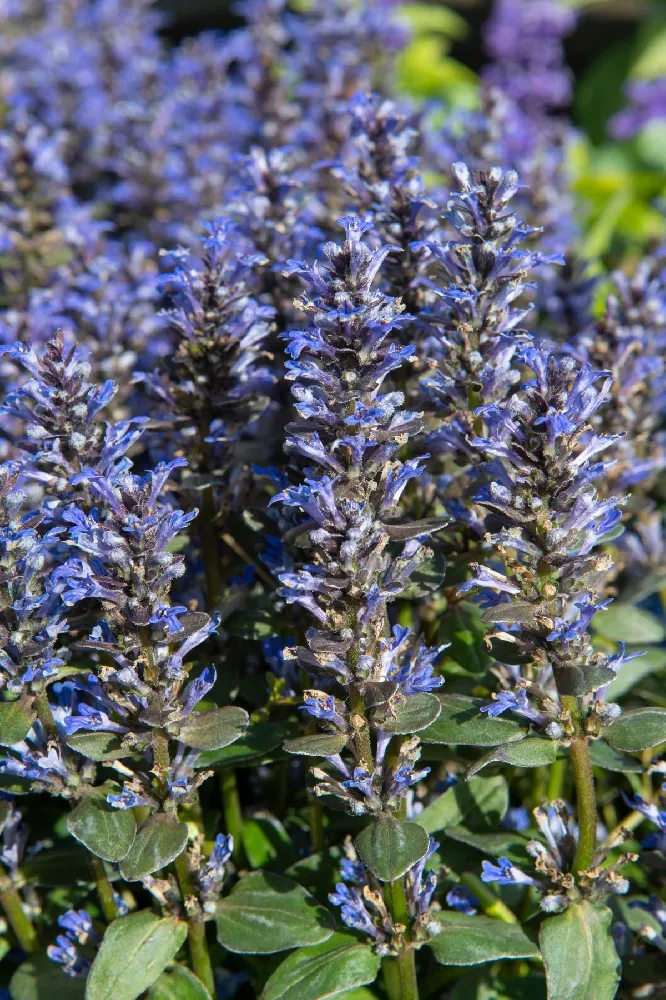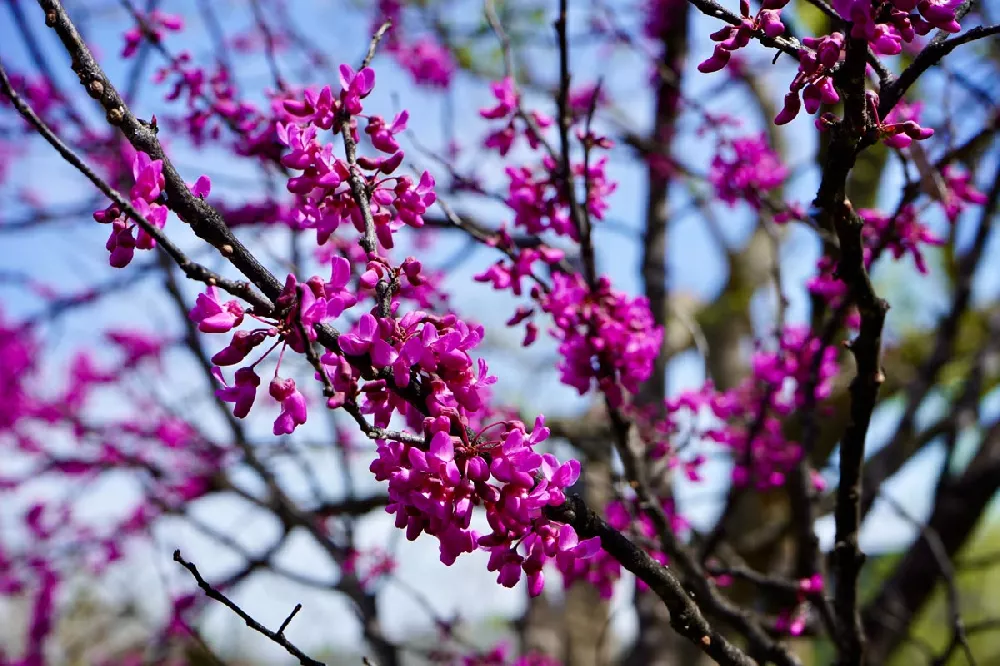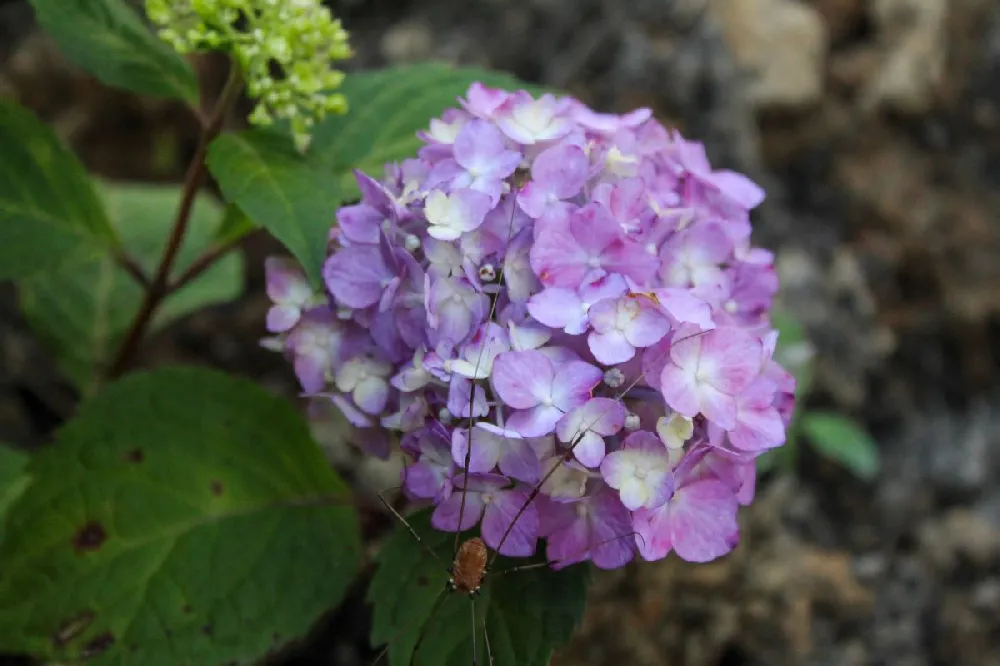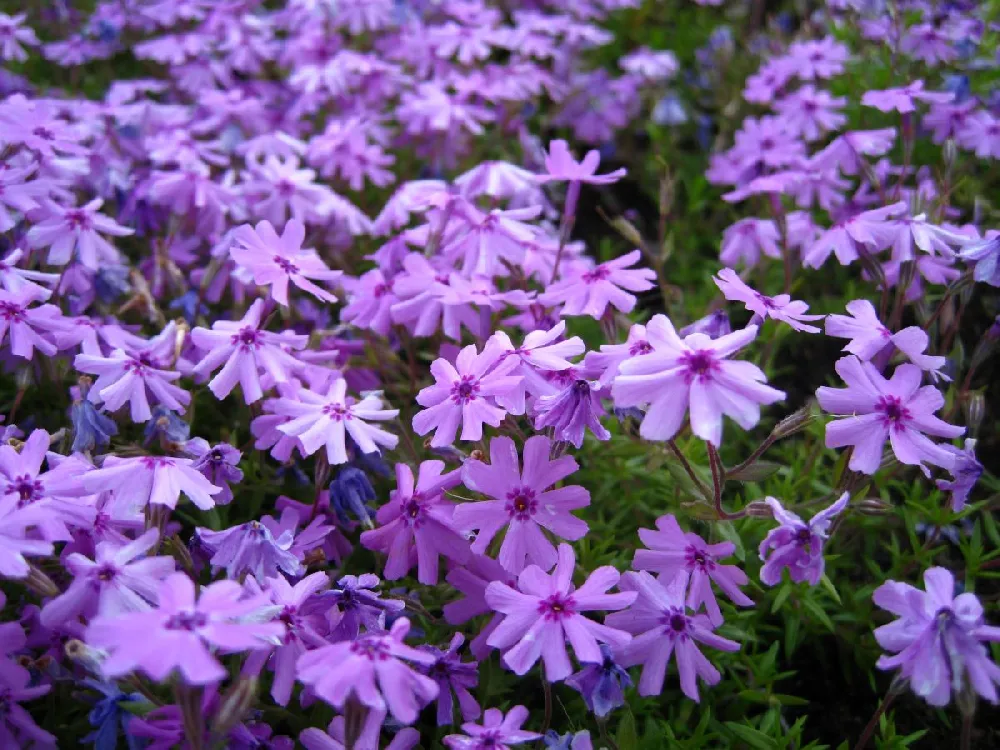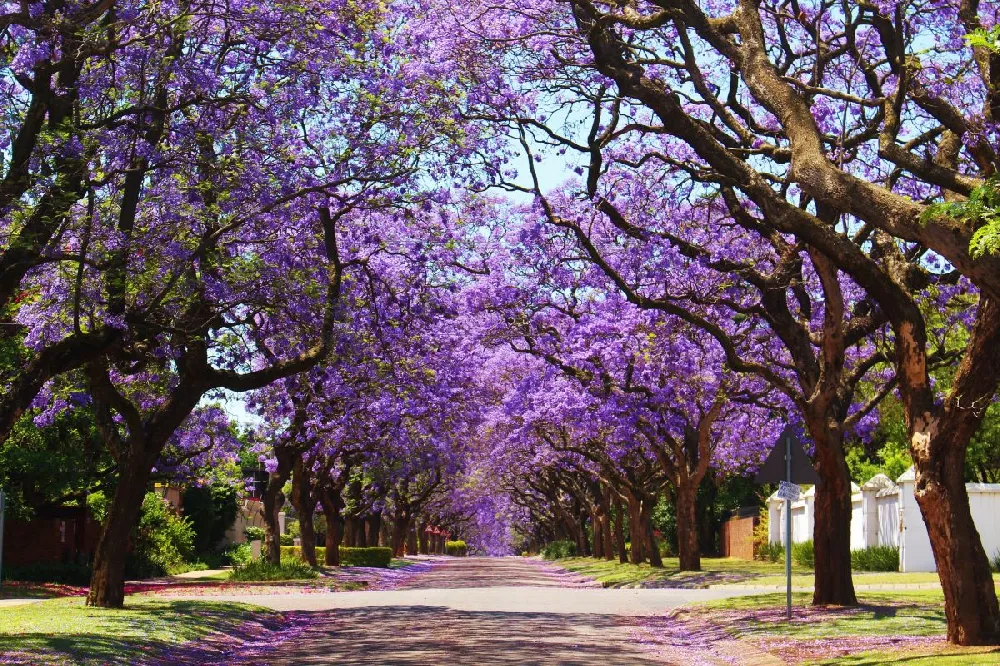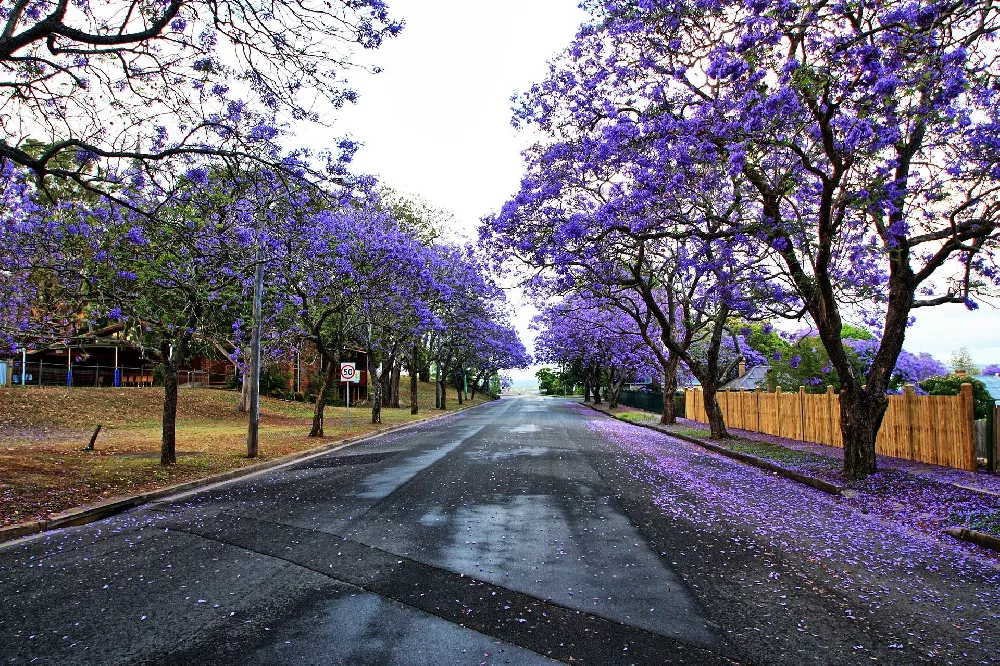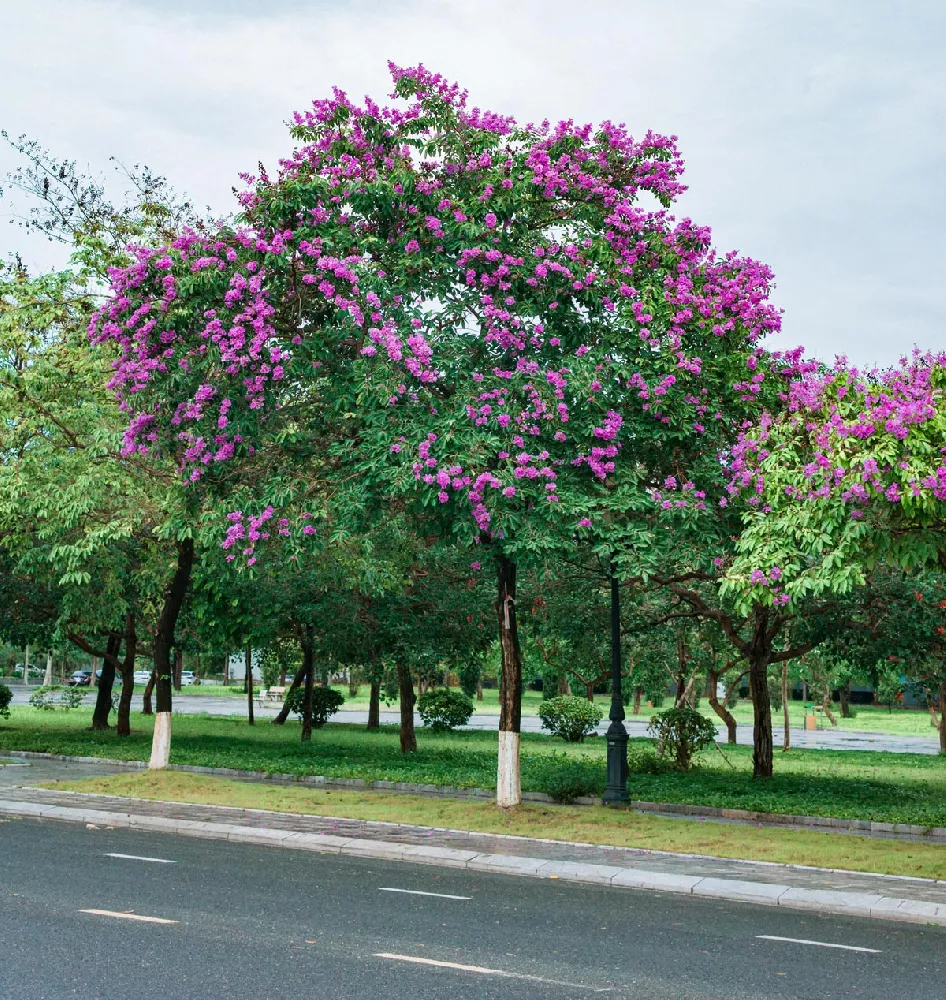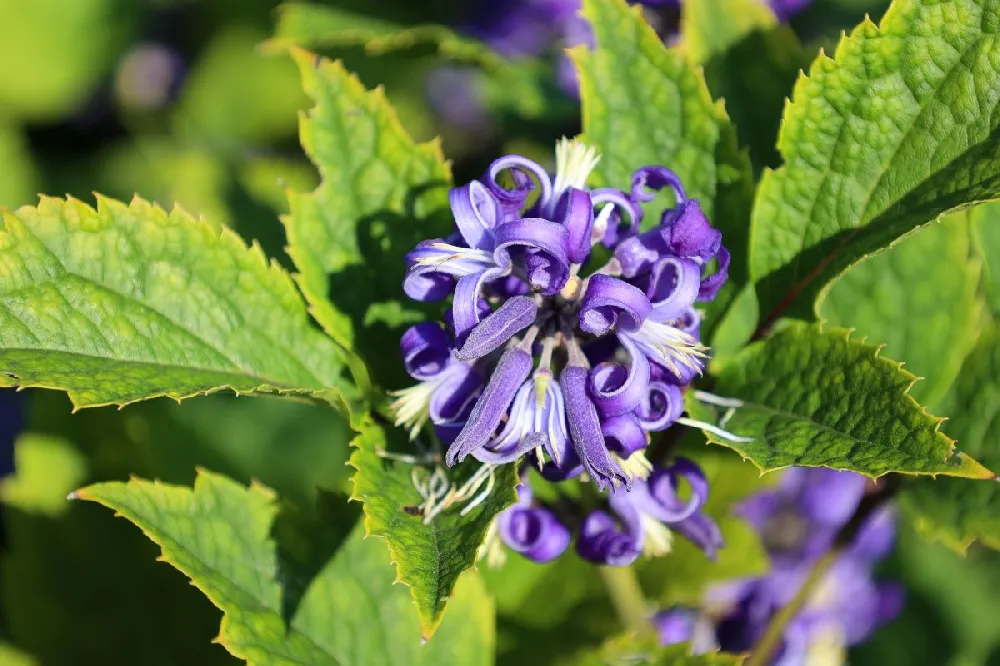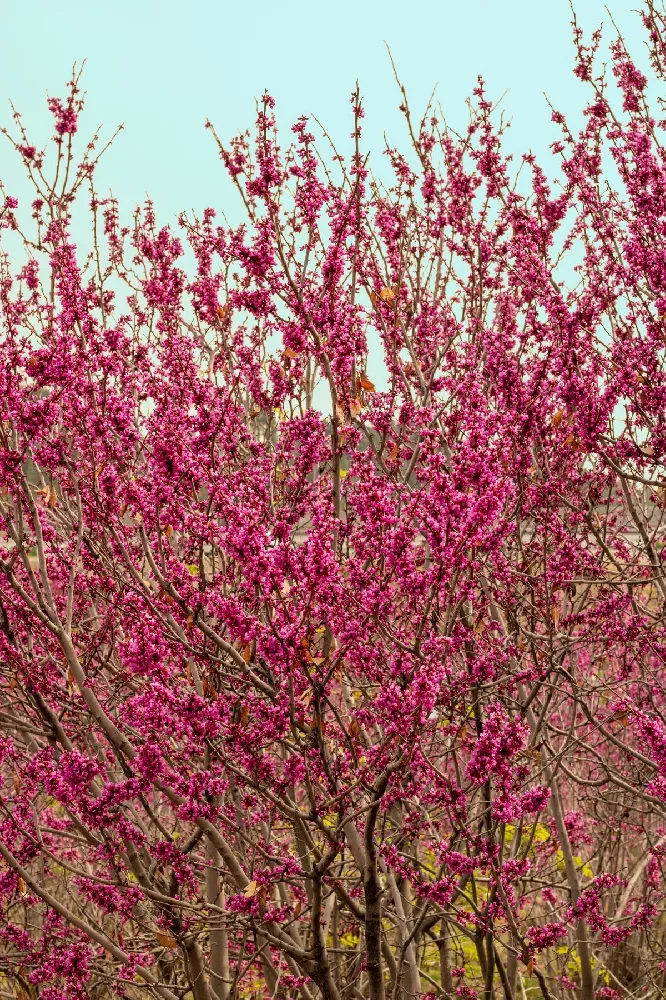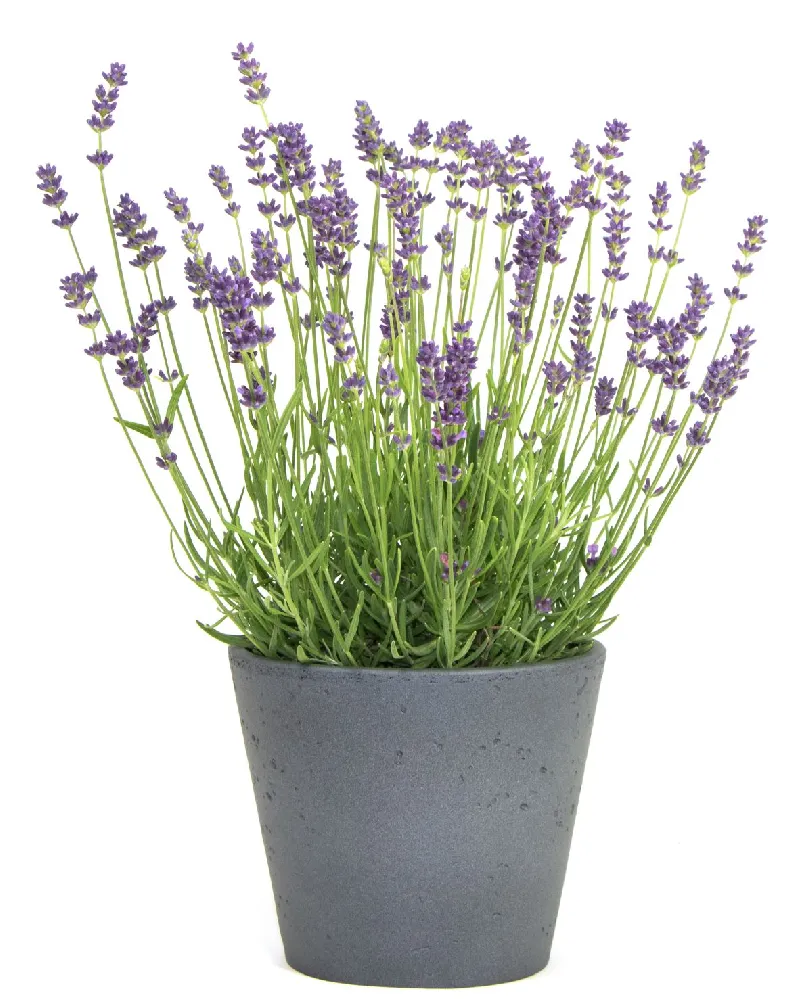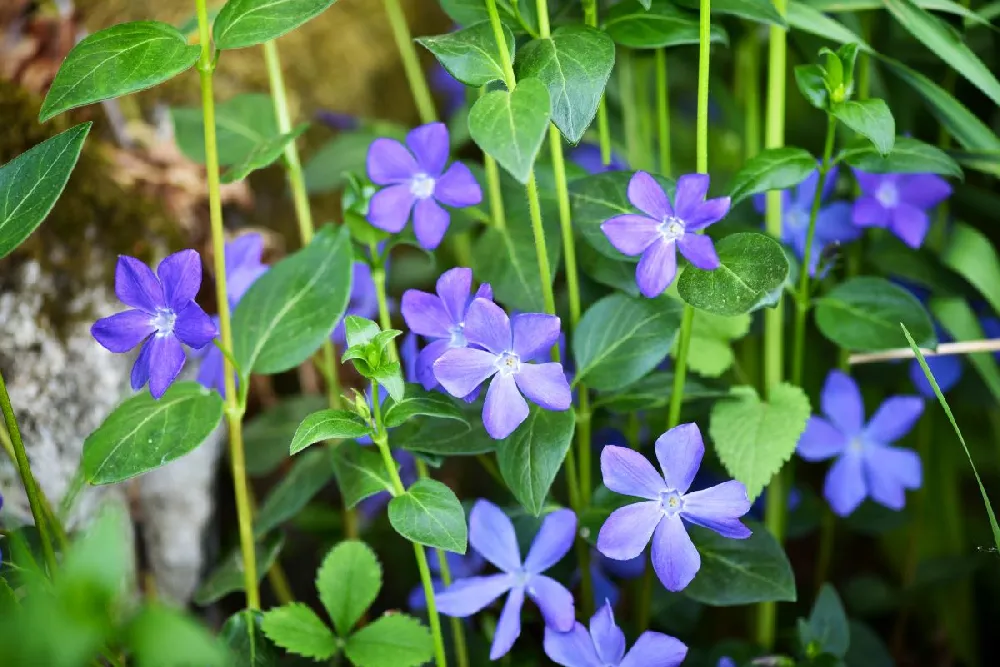- Home >
- Trees with Purple Flowers
Trees with Purple Flowers for Sale
Filters
Price Range
Growing Zones
Plant Type
Sunlight
Mature Height
Plant Characteristics
29 Results
-
Growing Zone(s): 5-9$154.95
$214.95Save up to 27% -
Growing Zone(s): 4-9$40.95
-
Growing Zone(s): 4-9$94.95
$159.99Save up to 40% -
Growing Zone(s): 4-9$48.95
-
Growing Zone(s): 3-9$35.95
$55.95Save up to 35% -
Growing Zone(s): 9-11$144.95
$184.95Save up to 21% -
Growing Zone(s): 9-11$119.95
$129.95Save up to 7% -
Growing Zone(s): source$99.95
-
Growing Zone(s): 3-9$43.95
$52.95Save up to 16% -
Growing Zone(s): 6-9$149.95
$219.95Save up to 31% -
Growing Zone(s): 5-9$32.95
$34.95Save up to 5% -
Growing Zone(s): 4-8$38.95
$39.95Save up to 2%
Trees with Purple Flowers – Buying & Growing Guide
Purple is the color of royalty, and a tree with purple flowers brings a regal elegance to your home’s landscaping. There is a broad range of trees featuring purple flowers. Explore our selection below to find the one that will be the centerpiece of your garden.
Types of Trees With Purple Flowers
| Type | Growing Zones | Mature Height | Sun | Features |
| Royal Empress Tree, Paulownia elongata | 7-11 | 40-50 feet | Full to partial sun: 4 hours or more of direct light a day | Fragrant light purple blossoms, grows quickly, low-maintenance, and drought tolerant |
| Jacaranda Tree, Jacaranda mimosifolia | 9-11 | 25-50 feet | Full sun: 6 or more hours of direct light a day | Spectacular lavender-blue trumpet-shaped flowers, decorative seed pods, and disease-free |
| Muskogee Crape Myrtle Tree; Lagerstroemia indica x fauriei ‘Muskogee’ | 6-9 | 15-20 feet | Full sun: 6 or more hours of direct light a day | Lavender blooms last up to 6 months, fast growing, and mildew-resistant |
| Korean Lilac Tree, Syringa meyeri ‘Palibin’ | 4-8 | 4-7 feet | Full sun: 6 or more hours of direct light a day | Deciduous shrub or tree with fragrant blooms in spring, disease-free, and drought tolerant |
| Lavender Rose of Sharon Althea Tree, Hibiscus syriacus ‘Ardens’ | 5-8 | 6-10 feet | Full sun: 6 or more hours of direct light a day | Purple-blue double blooms in late summer, drought tolerant, and thrives in poor soil |
| Royal Purple Smoke Tree, Cotinus coggygria | 5-9 | 10-15 feet | Full to partial sun: 4 hours or more of direct light a day | Attractive maroon foliage, smoke-like pink-purple blooms in spring, deer toleran, and; drought tolerant |
| Vitex Chaste Tree, Vitex agnus castus | 5-9 | 15-25 feet | Full sun: 6 or more hours of direct light a day | Fragrant lavender blooms last across seasons, attracts pollinators, salt tolerant |
| Bloomerang Lilac Tree, Syringa ‘SMSJBP7’ PP26549 | 3-7 | 5-6 feet | Full sun: 6 or more hours of direct light a day | Blooms twice, once in mid-late spring andonce in the fall, no insect or disease challenges |
| Twilight Crape Myrtle, Lagerstroemia indica ‘Twilight’ | 7-9 | 20-25 feet | Full sun: 6 or more hours of direct light a day | Royal purple, fragrant, flowers from June-frost, interesting bark patterns, and very hardy |
| Miss Kim Lilac Tree, Syringa patula ‘Miss Kim’ | 3-8 | 4-8 feet | Full to partial sun: 4 hours or more of direct light a day | Fragrant, lavender flowers in late spring, low maintenance, and attracts pollinators |
How to Plant and Care for Purple Flowering Trees
Always read the care tag on any sapling you purchase and follow the directions that the growers have outlined. In general, it’s not hard to plant and care for purple flowering trees.
Unpot your sapling and tease out any encircling roots so they do not girdle the tree and eventually kill it. Dig a hole that’s a little deeper than the root ball and twice as wide. Dig a shovel-full of well-rotted compost or manure into the soil at the bottom of the hole and place your tree on top, so it is roughly the same level as it was in the pot.
Fill in around the tree with topsoil that’s had some compost mixed in. Tamp down gently to eliminate air pockets. Water thoroughly when you’re done, and mulch with organic material such as bark chips.
For the first few weeks, until you see new growth start to appear, water your sapling every day or so. After that, you can scale back. Most trees like about an inch of water a week and if you aren’t getting that from rain, consider supplemental watering.
Fertilize your tree with a balanced, slow-release product designed for landscape trees in early spring. Follow package directions for subsequent applications, tapering off in July so the plant can prepare for slow growth in winter.
When your tree is young, you can prune it for shape. Also, cut out any broken or diseased limbs, as well as any that are rubbing against each other. Once the tree has reached its mature size, there should be less need for pruning.
